A Bigger Pile of Splash: Photographing Finance in London and New York
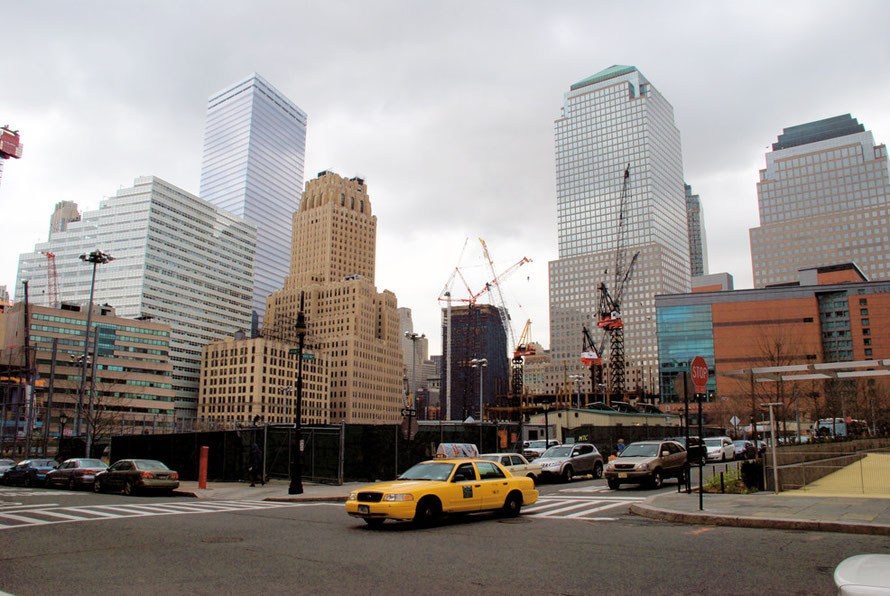
An interview with Hector Munro on the occasion of his exhibitions of photographs of New York’s Financial District and The City of London at the Gascoignian Galleries in London and New York, 29th
February 2010.
How would you describe New York’s Financial District?
Small, compact, dark, gritty, and overwhelmingly crowded. And yet it is surrounded on three sides pretty much by water. When you are in it other worlds seem far away. There is nowhere to run, baby, and nowhere to hide.
I wasn’t there long enough to get a sense of its rhythms. But at ‘letting out’ time it feels like people are desperate to get away. As if they are in a safe corral surrounded by hostile territory. The express coaches are amazing – they seem to whip people away to their (I imagined) safe suburbs.
How does it compare physically with the City of London?
Well, on the one hand you hear it in the names – ‘Financial District’ – very functional language – it says what it does on the tin. Whereas ‘The City’ could mean so many things. But the Financial District is located in the part of Manhattan that was first colonised. Wall Street is so named because it marks the wall that protected the early settlement.
And you get that same strange zoning thing in both places; areas of incredible wealth creation smack bang up against areas of poverty. In New York it is primarily on the east side of the district, as it is in London.
The biggest physical difference is the height and mass of the buildings. In New York they absolutely dominate the physical space, towering over your head. Some streets are like veritable canyons. They are much tighter and more forbidding than the midtown 5th Avenue-type canyons. They're not really canyons up there. More glaciated valleys.
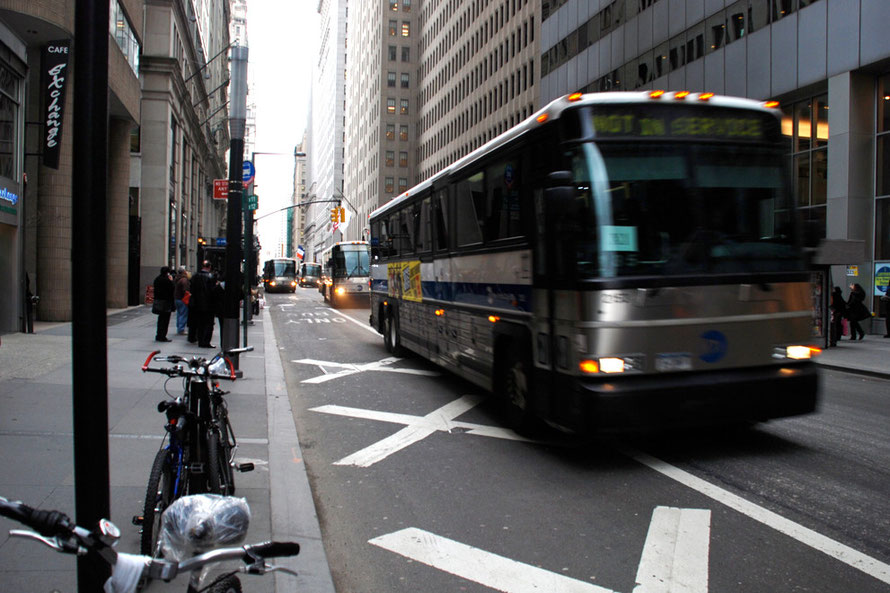
Both places are fairly bewildering until you get to know them. The City feels bigger in area and has a largely medieval street pattern – particularly the lanes and alleys. The Financial District is not built on the grid pattern of much of Manhattan – this was a later innovation. And the way in which the sky and wind are blocked out – or manipulated by the intense physicality of the built environment makes it easy to lose a sense of direction. And yet there is probably nowhere in the Financial District that is less than 400 metres from the waterfront.
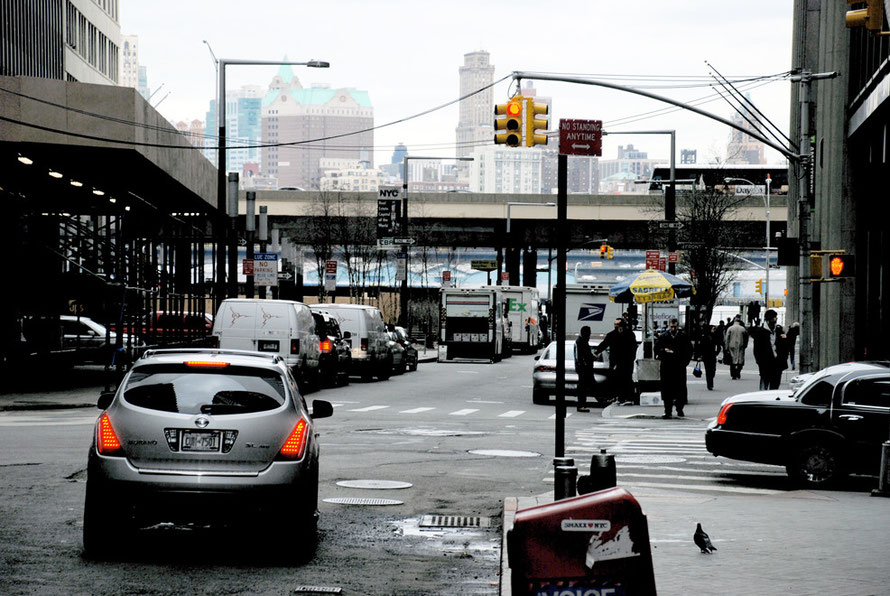
Do the people in the two places strike you as different?
I think the Financial District is more visited by other people in New York – black people, hispanic people, poor people – than The City. It seems to have a much more varied street life. And the visibly wealthy are harder to spot – I found it difficult to find ‘arrogant financiers’ – well, at least on the streets.
The City is very much dominated by its workers, it lawyers, traders, brokers, private equity guys and it actually feels much more dynamic than the Financial District.
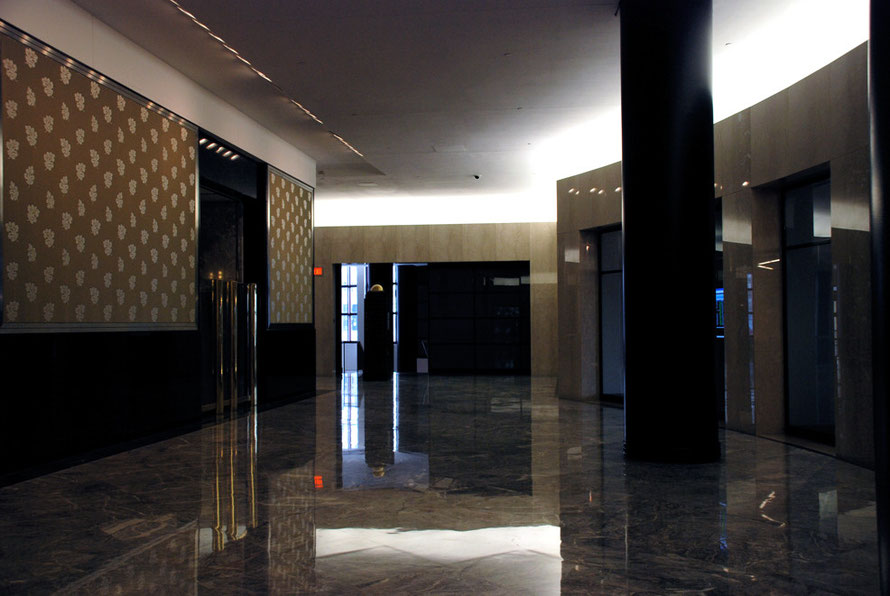
Maybe the Financial District feels more egalitarian, more diverse, more American and less international. And you think of the financial centres in Chicago and San Francisco as tempering its
arrogance and domination of the country. That’s very different in The City.
And yet, having said that, you get a real buzz of super-heroes and masters of the universe at the overpoweringly massive, ‘World Financial Centre’. Maybe this is because you can walk around inside the atrium and the connecting walkways. And this is a much less diverse place – not many poor people hanging out here. And it has these amazingly polished surfaces, the glass, the marble, the brass.
Not surprisingly I found it much harder to have the courage to take photos here. You feel like an intruder, as if you are not really entitled to be there. And there is a pretty heavy security presence.
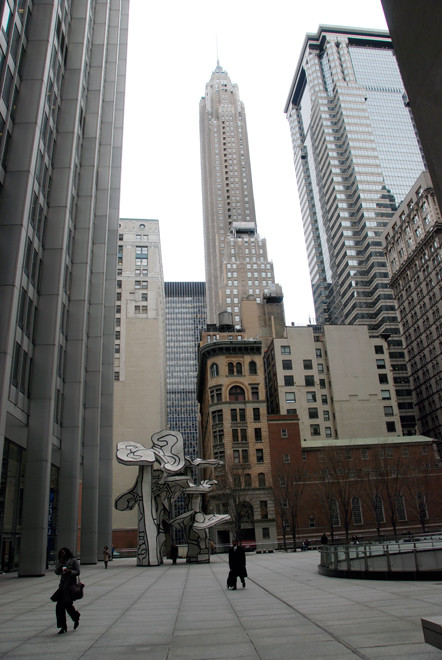
How is the security presence different in the two places?
In New York you see a lot of police and private security guys. The Stock Exchange has a lot of security outside, for example. Barriers, fences, check points.
Security in The City feels more discrete. More done by cameras and surveillance than a physical presence. The City of London police are fairly evident but private security doesn't seem to exist outside individual buildings.
But I felt more visible in the Financial District than The City. I guess I felt pretty furtive in both because I had got myself thinking that I was there, in some way, to get pictures that were somehow ‘incriminating’ – big bad capitalists and all that. But what I’ve noticed in both places is that it is hard to pull of that trick – people tend to strike me more for their individuality – yeah, sure, some look and act boorishly and are probably morally complacent about their activities – to say the least. But a lot of people are just doing a job with all that that entails – getting lunch, getting to and from work and trying not to let the job or your colleagues or your boss or your rivals kill you.
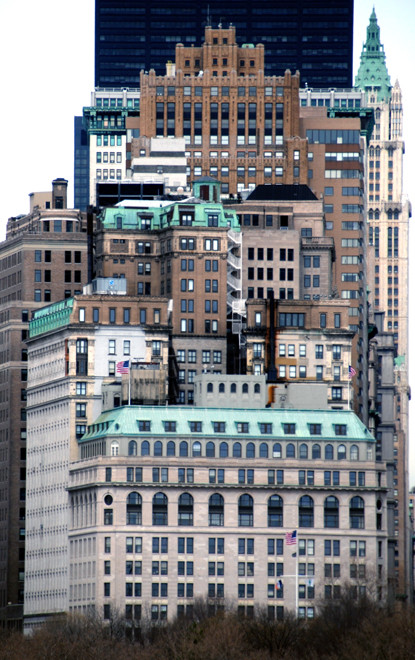
Or maybe they are both intensely tribal places – you know, ‘I work in the City – on Wall Street – in the World Financial Centre’. Places of real insiders and outsiders.
And they are both also places where people don’t live – or where that division between work space and living space is more acutely separated than almost anywhere else in urban living.
It's also feels pretty heavily masculine – almost as if the normal rules do not apply here. And that masculinity is largely white and American. In the World Financial Centre it actually felt incredibly privileged – that by and large these were people who had been born into this – very preppy, what I’d think of as typically white North Eastern American faces and accents.
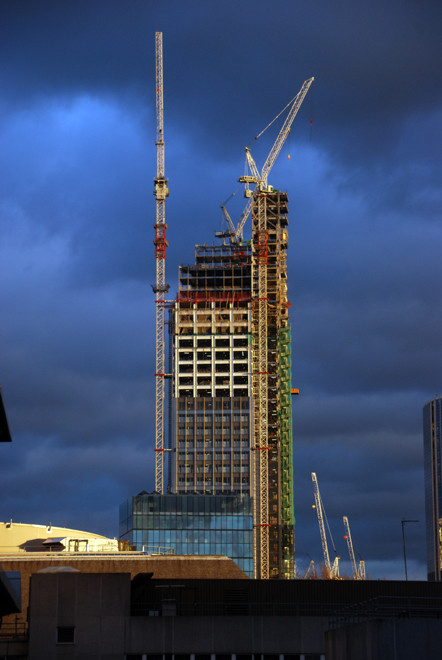
So it’s a bit of a mix?
Strangely London feels less homogeneous – but that is less about class than nationality. There are so many foreign banks, including most of the big US banks, in the City. This was not something I noticed in the Financial District. But that may be because companies are hidden away in the towers.
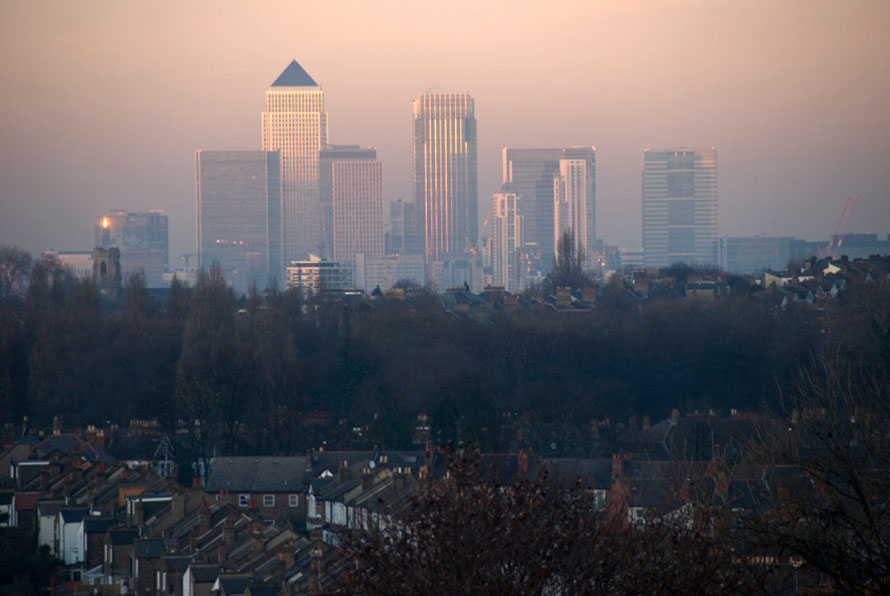
Lastly, what were your impressions of 9/11 – Ground Zero, the absence of the Twin Towers?
It is amazing how dreadful it still feels. Probably that was because it is all still so vivid in my own mind. The first time I went to New York friends took me to the top of the World Trade Centre – which was rocking in a raw December wind. I found it very emotional looking at the little exhibition at the site, and looking out over the site. It really is a huge absence – as if some force just bent down and plucked out the twin towers like some irritating weed.
The most tangible sense of the loss is seeing the names of firefighters who died on the side of their trucks and station houses. But you also know that many if not most of the people working in the Financial District on the days I visited were there and lived through it.
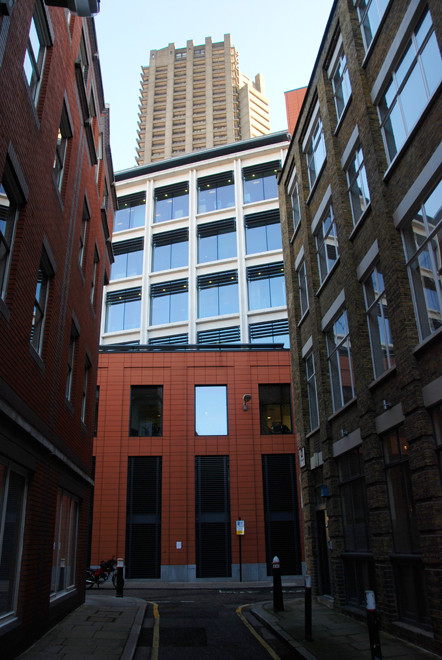
Sure the City has been bombed by the IRA and was attacked by the tube and bus bombings. But the scale of attack and devastation can’t be paralleled. Not at least in the immediate past. But there again, the City was subjected to intense incendiary and high explosive bombing during the Blitz and in particular 60 acres of it was pretty much destroyed overnight on 29th December 1940 – although with a remarkably small loss of life.
You wonder if Al-Qaeda struck more psychological terror into the heart of America in one act than the Germans managed over the entire Blitz. At least with the Blitz the authorities and the
people knew it was coming and were to an extent prepared. And the Germans never managed to destroy St Paul’s which became a talisman of British – and London’s – resistance. There's a rather
interesting set of drawings some chap's done about it. Can't remember his name.
The Twin Towers was what? A proclamation of US might – not ‘a world trade centre’ but ‘the world trade centre’. But anyway the presence of this devastating attack and horror is still very palpable. The streets around the site are gritty and muddy and there is this huge sealed off space that seems to exude horror, particularly as the evening light starts to fall.
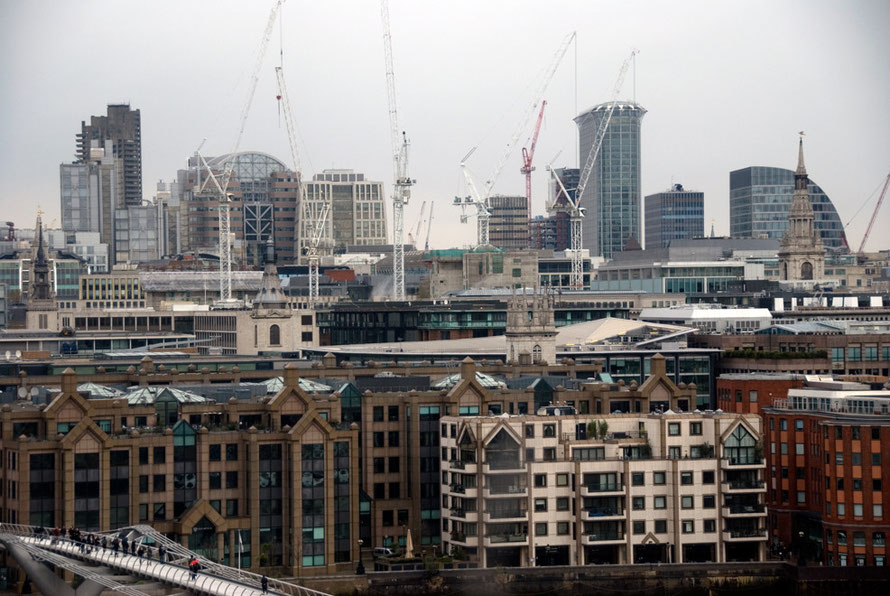
Is there anything else you’d like to say before we close?
One thing I am aware of is that I have only touched the surface of the way these places work and what it is they are. I have by and large only had access to public spaces and there is a real limit as to how much you can stick a camera into a stranger’s face – particularly when so many of them are pretty powerful people. Maybe there is also a real limit as to how much the camera can say about these places.
For example, and maybe this is a paradox, but I am very aware of how I have built little stories in my head around particular photos I have taken – the particular set of people’s faces and bodies, the particular moment of what appears to be an interaction between each other, and often, me. And yet, I am sometimes amazed by the next frame in a sequence where I realise that the little story I have playing in my head is built upon an image captured in a fraction of a second. The next frame may show the very same person in a completely different attitude. Philosophically speaking, does one try and search out ‘the truth’ or say, ‘Ah fuck it’ and get on with riding fast and loose over other people’s lives.
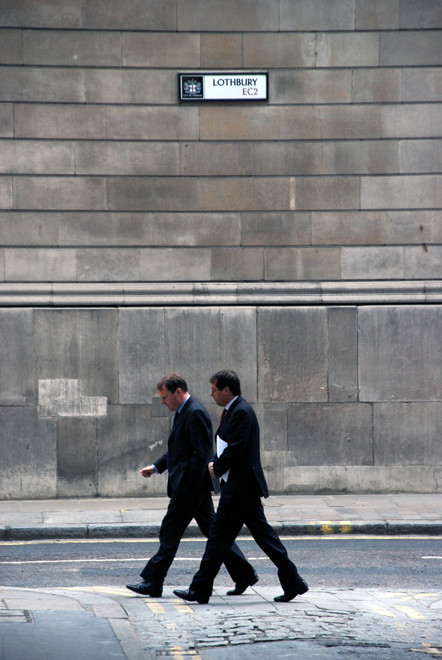
So maybe the photograph – the captured image – is little more than a surface onto which I as the taker and viewer project my understanding, fantasy and/or interpretation. And in this sense I can see why people are wary of having their pictures taken. The camera appears to tell an objective truth – this person really looks like this – and yet the photograph can become a mechanism to both rob and endow an individual’s real sense of self and individuality.
So I guess, when I am taking photographs I am looking for some theme that at least gives them as a collectivity of images some strain of internal coherence and integrity. The issue is not so much if that theme is understandable to the people in the photos. But rather, whether the viewer can pick up on and run with that theme. Does it make sense to them? Does it seem a plausible construction of a reality that is recognisable to them? Which might seem a bit tough on the individuals in the pictures because they are in danger of becoming ciphers of my musings and imaginings.
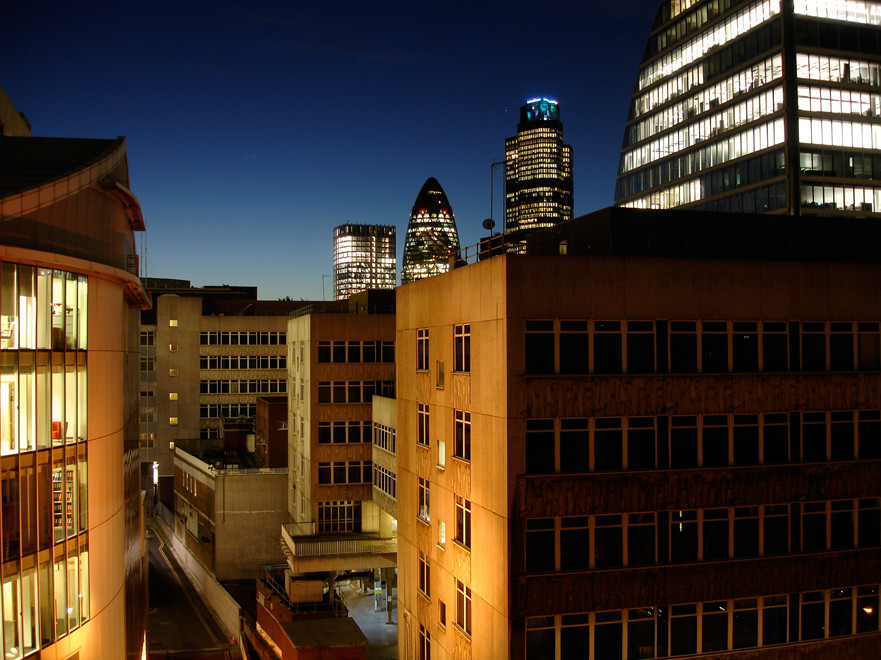
An alternative approach would be to accept that, firstly, this construction of reality needs to be absolutely controlled and, secondly, that it is better to use actors than real people on your photos. This seems to me to be the strategy that Geoff Wall has adopted with amazing success.
I suppose I believe deep down that it is possible to capture something of an approximation of a reality about an unknown individual’s life and times through a candid photograph. And I trust my viewers to police the acceptable boundary between projection and plausibility.
Thank you.
Interview by Fergus Murray
Photographs (c) Hector Munro
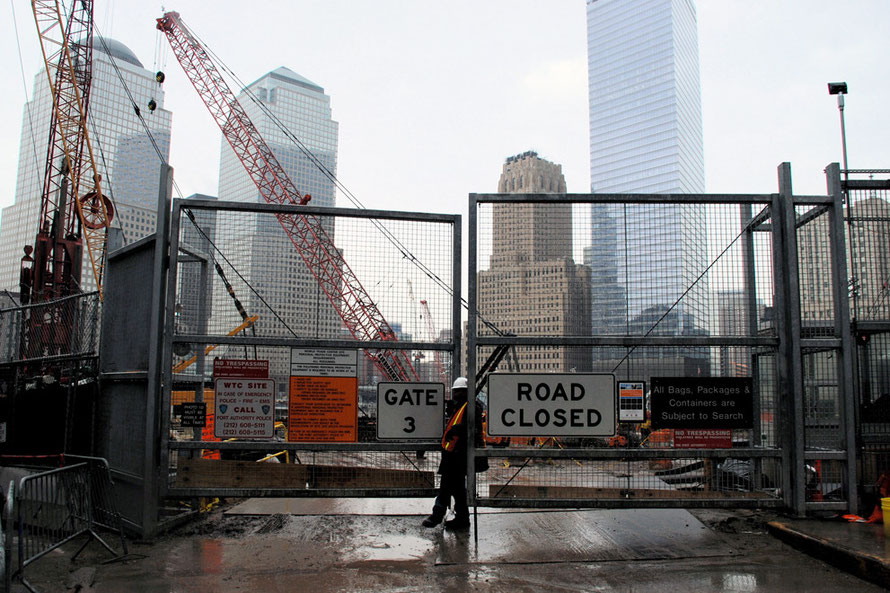
* NOTE
I do recall writing this. 'Hector Munro' is me. There was no exhibition. The Gascoignian Gallery does not exist in London or New York (although there is a Gascoigne Gallery in Harrogate). But when I recently came to search on my computer for the interview (which I had a dim recollection of) I was convinced it was by someone else and that I had downloaded it from the internet. I had put a header that said it was 'Copyright of an Art Magazine' and it came up as a PDF document. I had done it as a spoof. The interview was 'so good' I seem to have fooled myself. I wonder if there is a 'Hector Munro' out there who claims this piece?
I checked and it turns out that 'Hector Munro' was the real name of the Edwardian satirical short story writer who went under the pen name of 'Saki'. So that seems fitting.

